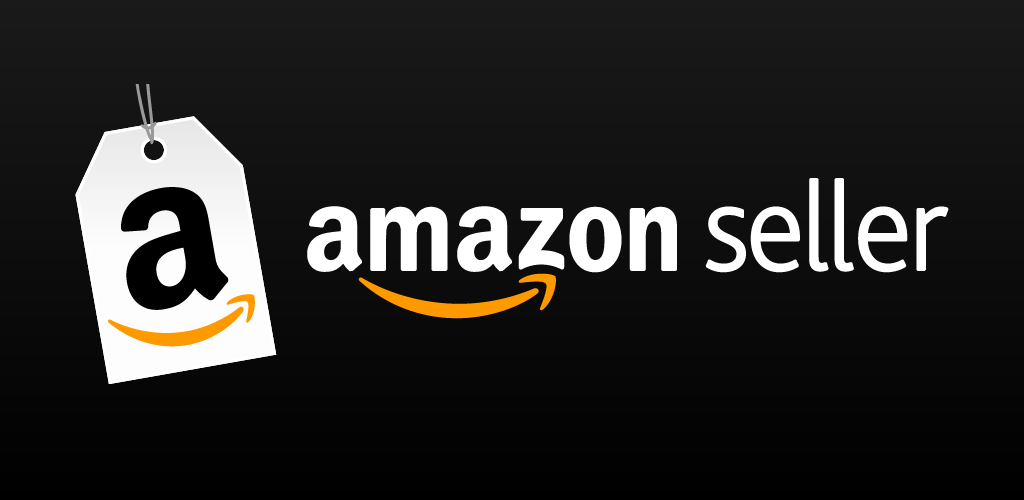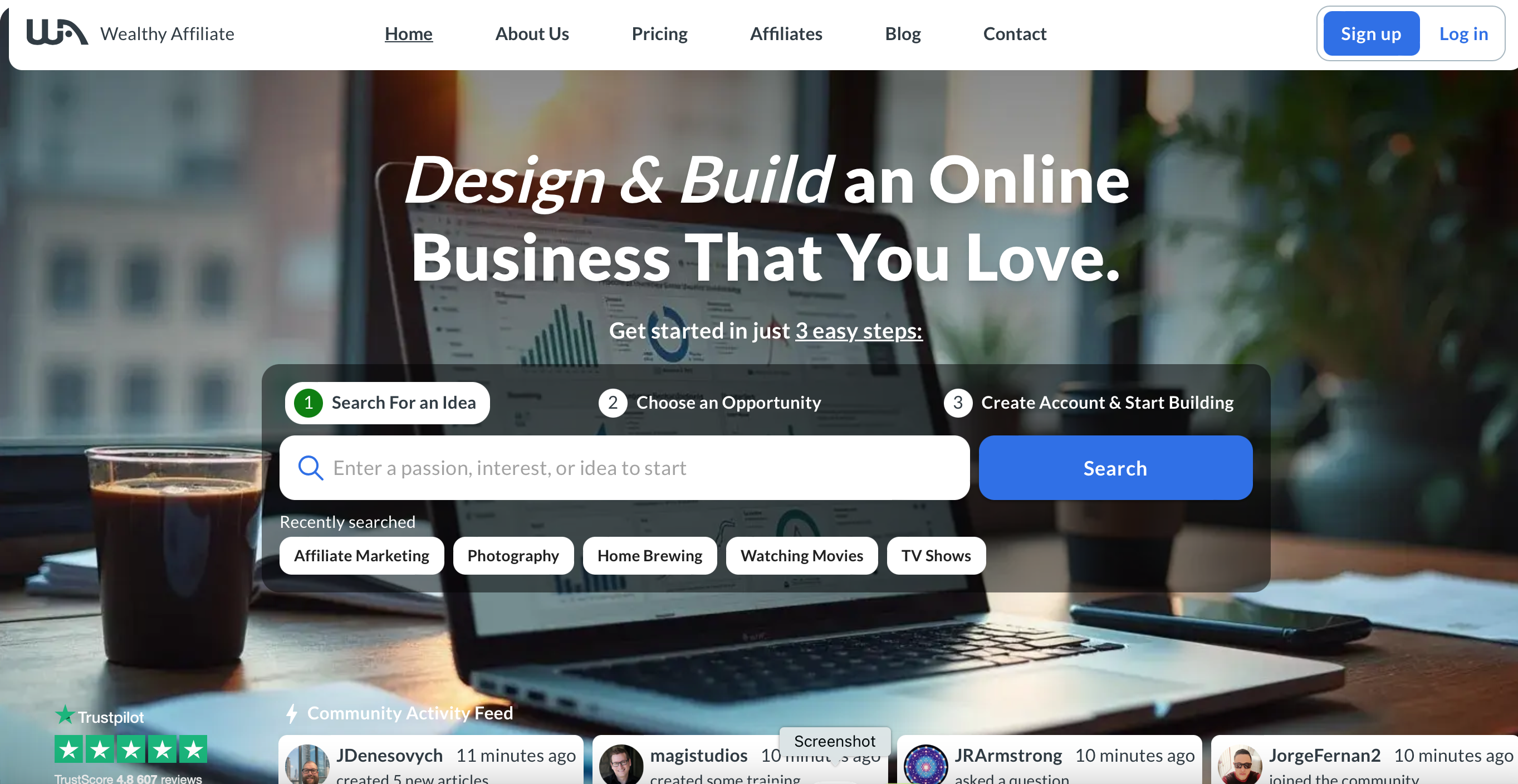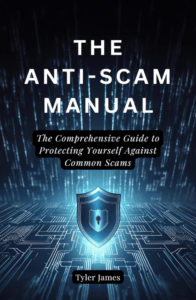How to become an Amazon Seller
I’d be happy to help you guide you through the process of becoming an Amazon Seller. This is the alternative to being an Amazon Affiliate (Associate)
Let’s break down the steps and provide some useful examples along the way.
Step 1: Understand What It Means to Be an Amazon Seller
First things first, here’s what it really means to be an Amazon Seller. It’s like setting up a virtual store inside a gigantic shopping mall.
You will be responsible for finding products, listing them, handling customer service (unless using Fulfillment by Amazon or FBA), and managing inventory.
It’s a bit like running a small business, but with Amazon’s massive customer base at your fingertips.
Example: Imagine opening a little shop in the middle of a busy city square, except this square is visited by millions of people every day from all over the world. That’s what selling on Amazon is like!
Step 2: Choose a Selling Plan
Amazon offers two main selling plans: the Individual Plan and the Professional Plan.
The Individual Plan is a pay-as-you-go model where you’re charged a fee for each item sold.
The Professional Plan involves a monthly subscription fee, but there are no individual fees per sale.
– Individual Plan: Best for those who sell fewer than 40 items a month or are just testing the waters.
– Professional Plan: Ideal for those who plan to sell more than 40 items a month and want access to advanced tools.
Example: Think of it like choosing between two types of gym memberships. One lets you pay per visit—great if you’re not sure how often you’ll go.
The other is a flat monthly fee—better if you plan to work out a lot.
Step 3: Register Your Seller Account
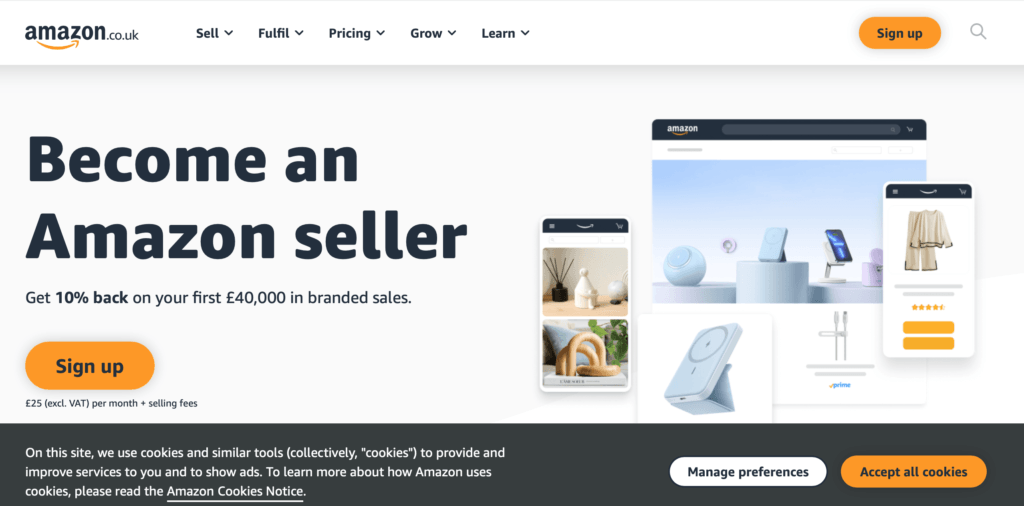
To start selling, you needs to set up a Seller Central account on Amazon. You’ll need to provide some personal and business information, including:
– A valid credit card
– Government ID (passport or driver’s license)
– Tax information (Nation Insurance Number)
– Bank account details for receiving payments
Example: Think of it like opening a new bank account.
You need to prove who you are, what you do, and where you want your money to go.
Amazon wants to know they’re dealing with legit sellers, not just anyone off the street.
Step 4: Choose Your Product
Here comes the fun part: picking what to sell! Amazon has millions of products, so finding a niche or a unique product can be crucial.
Do some research into what sells well and what has high demand but low competition.
You can use tools like:
– Amazon Best Sellers: This lists the most popular products sold on Amazon in various categories.
– Jungle Scout or Helium 10: These are powerful tools that provide in-depth data about product sales, competition, and trends.
Example: It’s like going fishing. You don’t just drop your line anywhere and hope for the best.
You look for a spot where the fish are biting but where you’re not elbow-to-elbow with other fishermen.
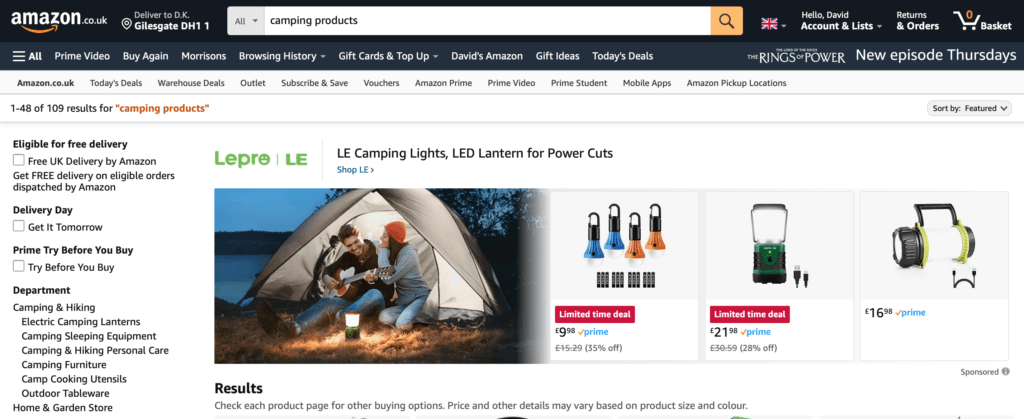
Step 5: Source Your Product
Once you know what you want to sell, the next step is to figure out where to get these products.
You have a few options:
1. Wholesale Suppliers:
Buying in bulk from manufacturers or distributors. This often gives the best prices, but requires more upfront investment.
2. Dropshipping: Here, you list products you don’t actually have in stock. When a sale is made, the supplier ships the product directly to the customer. Less upfront cost, but smaller profit margins.
3. Private Labeling: Creating a unique product by branding an existing one. This involves more risk but can lead to a higher return if done right.
Example: It’s a bit like setting up a lemonade stand.
You can buy lemons wholesale (cheaper but you need a lot of them), get someone else to make the lemonade and you sell it (dropshipping), or develop your own secret recipe and brand it as the best lemonade in town (private labeling).
Step 6: List Your Product on Amazon
Once the product is sourced, it’s time to create a product listing on Amazon. This is your chance to make a great first impression on potential buyers. A good product listing includes:
– High-Quality Images: Use clear, well-lit photos from multiple angles. Images are the first thing a customer notices.
– Compelling Product Title: Include key details like brand, size, color, and use.
– Bullet Points and Description: Highlight the main features and benefits. Think of what the customer would ask and answer those questions.
– Competitive Pricing: Your friend needs to research and ensure their prices are competitive, keeping in mind Amazon’s fees.
Example: Think of a product listing like an online dating profile.
You want to look good (great photos), stand out with a catchy title, and sell yourself in the description.
Step 7: Fulfill Orders
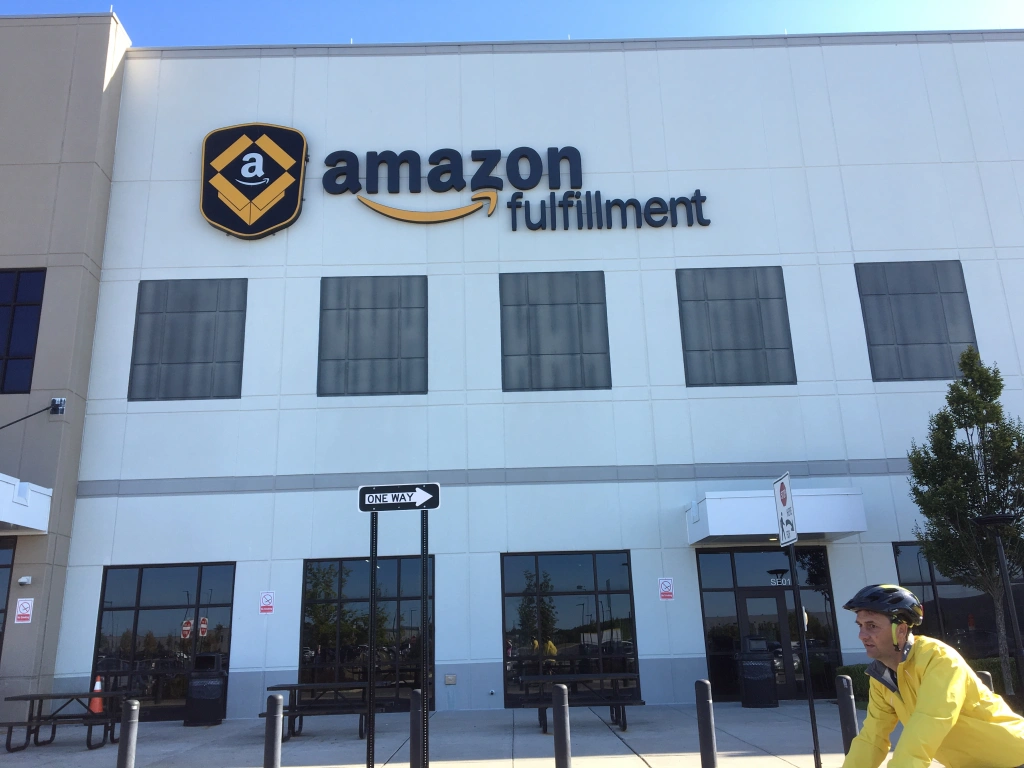
Now that the products are listed, orders will (hopefully) start rolling in. There are two options for order fulfillment:
1. Fulfillment by Amazon (FBA): You send the products to Amazon’s warehouse, and Amazon takes care of storage, shipping, and customer service.
2. Fulfillment by Merchant (FBM): You handle everything—storage, packaging, and shipping.
Example: Using FBA is like hiring a personal assistant who does everything for you, from packing orders to dealing with customer complaints.
Doing it all yourself is like running the whole show, from baking the bread to selling it at the market.
Step 8: Optimize and Scale
Once you have a few sales under your belt, it’s time to look at what’s working and what isn’t. This involves:
– Monitoring Sales and Customer Feedback: Adjust listings based on feedback. Maybe tweak the photos, adjust pricing, or refine the product description.
– Running Promotions and Advertising: Use Amazon’s built-in advertising tools to increase visibility. Coupons, lightning deals, or sponsored ads can help boost sales.
– Expanding Product Line: Once there’s some success with a few products, consider expanding to related items. This helps attract more customers and increases sales opportunities.
Example: Think of it like running a restaurant.
You start with a few signature dishes, see which ones the customers rave about, and then expand your menu. And don’t forget to put up some eye-catching signs (advertising) to draw in more customers!
Step 9: Stay Compliant
Amazon has strict rules, and they’re not afraid to enforce them. Make sure you understand Amazon’s guidelines, especially regarding customer service, product authenticity, and listing content. A single bad move, like misleading product descriptions or poor customer service, can get an account suspended.
Example: It’s like driving a car.
As long as you follow the rules of the road, you’re fine. But run a red light, and you might find yourself in trouble!
Final Thoughts
Start small, learn as you go, and do not get discouraged by the inevitable bumps in the road.
Selling on Amazon can be a fantastic way to build a business, but it’s important to approach it with the right mindset—ready to learn, adapt, and grow.
And hey, drop a comment or two on how your journey is going!
What products are you thinking about selling?
Are you leaning towards FBA or FBM?
I’d love to hear about it!
Visited 17 times

